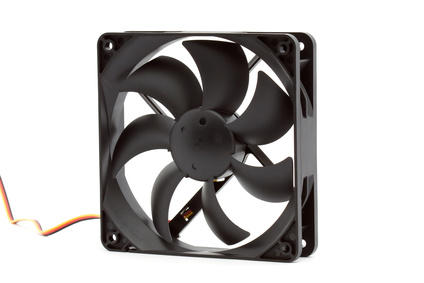
Radiator fans are used to cool an automobile engine by forcing or drawing air through the radiator. Many automobiles manufactured after 1985 have electric fans connected to the radiator. Since many older (pre-1985) vehicles have only a belt-driven fan, the owners of these vehicles often augment the vehicle cooling system by adding an aftermarket electric fan. Fans draw electrical current from the automotive electrical system, so these fans require either a manual switch or a relay to control their operation.
Cut three lengths of wire, and strip 1/2 inch of insulation from each wire end. Attach one end of the first wire to one of the switch terminals, and solder the wire to the switch. Attach the other end of this wire to the relay coil terminal marked “85,” and solder the wire to the terminal.
Attach one end of the second wire to the remaining switch terminal, and solder the wire to the terminal. Connect the other end of the second wire to the positive battery terminal. Attach one end of the third wire to the remaining coil terminal (marked “86”), and solder the wire to the terminal. Attach the other end of the third wire to the negative battery terminal.

Attach one end of the third wire to the relay “common” terminal (labeled “30”), and solder the wire to the terminal. Attach the other end of the third wire to the positive battery terminal. Attach one of the fan electrical leads to the relay “normally open” terminal (labeled “87”), and solder the lead to the terminal. Attach the remaining fan lead to the negative terminal on the battery.